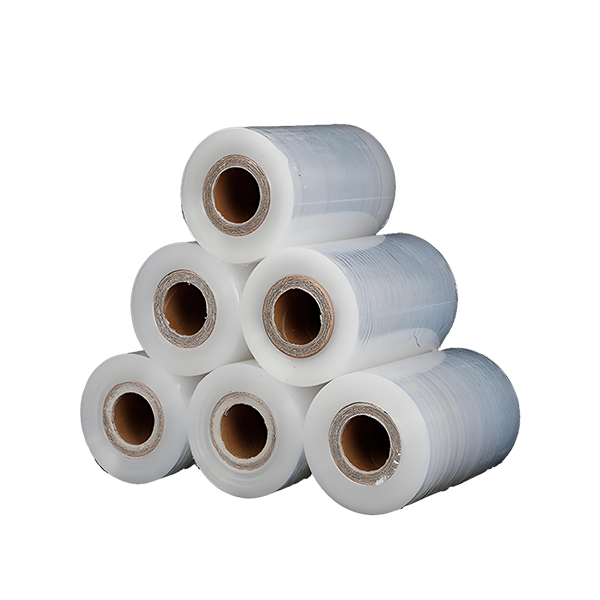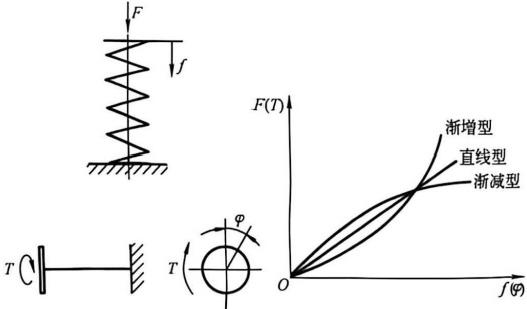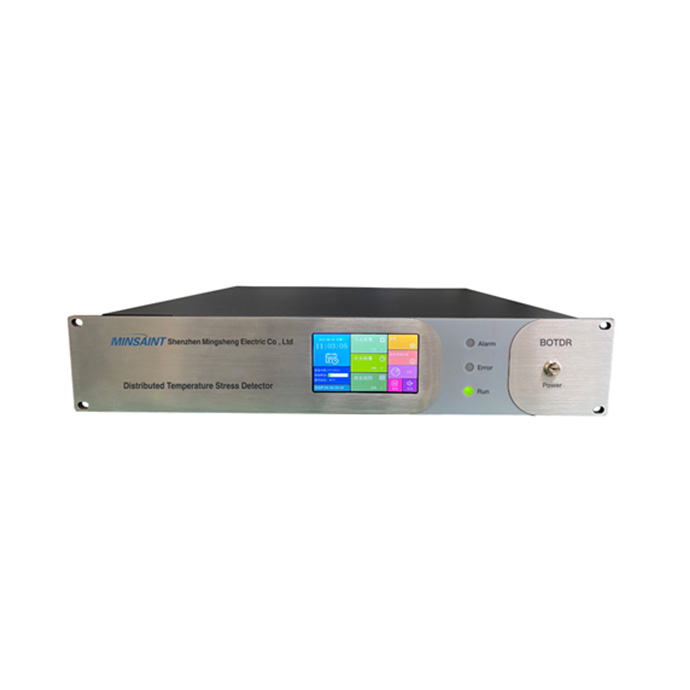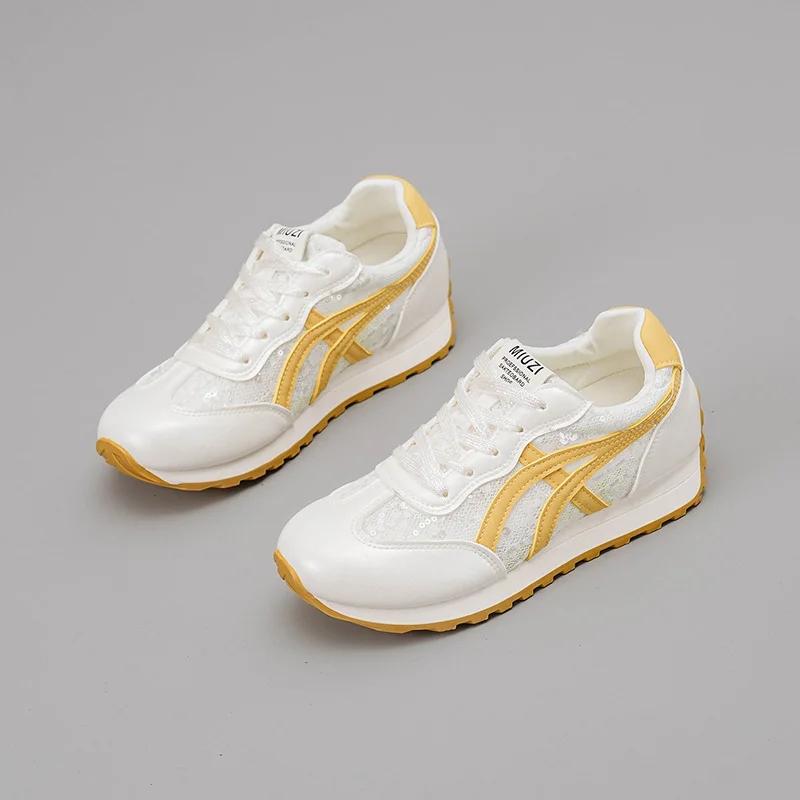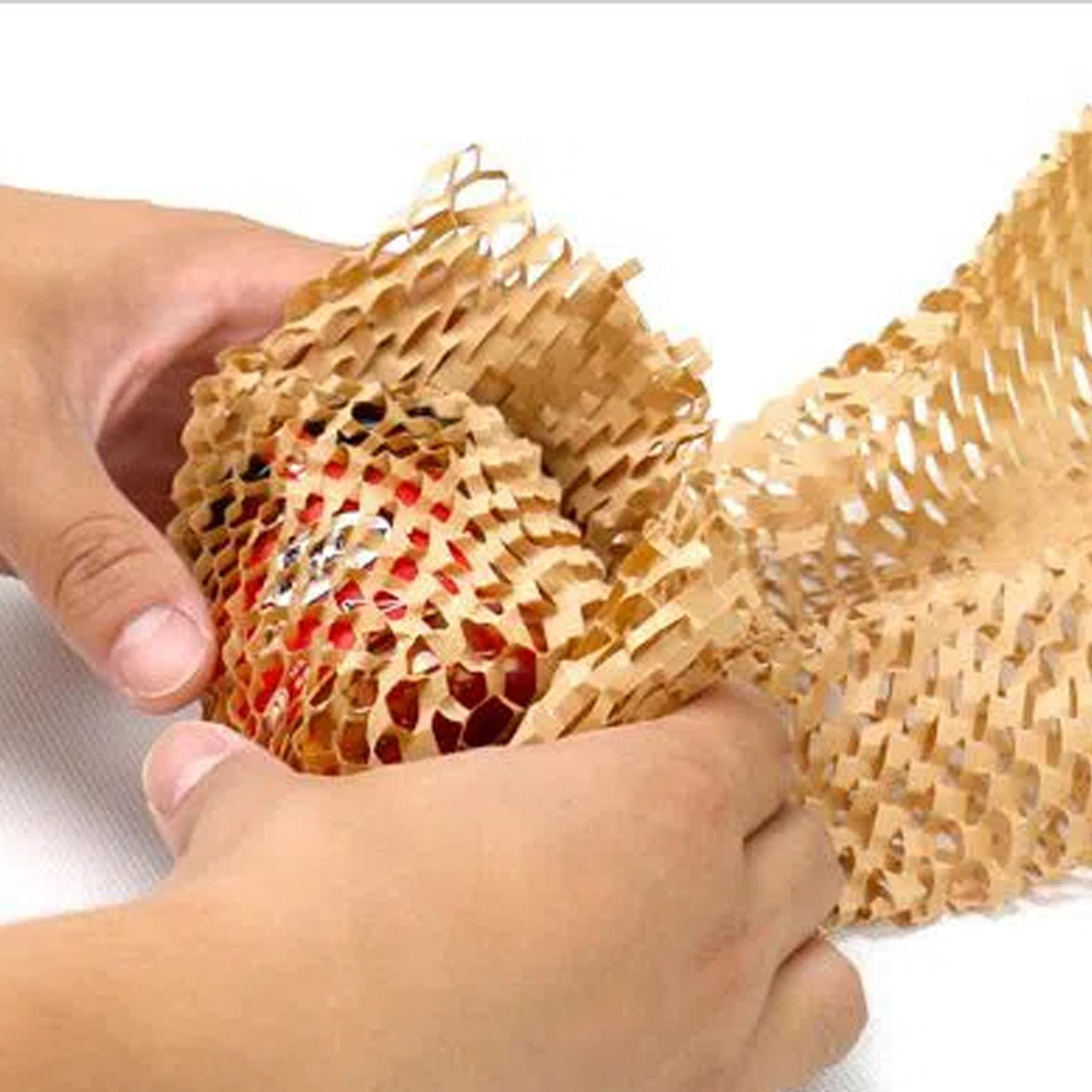
Paper packing boxes have become an integral part of our daily lives, serving as a reliable and eco-friendly solution for packaging various products. From protecting fragile items during transportation to enhancing brand visibility on store shelves, these versatile boxes offer a multitude of benefits. In this comprehensive guide, we will delve into the art and science behind paper packing boxes, exploring their design, manufacturing process, and the key factors to consider when choosing the right box for your specific needs.
- The Evolution of Paper Packing Boxes:
Paper packing boxes have come a long way since their inception. Initially, they were simple, plain containers made from recycled paper. However, with advancements in technology and consumer demands, the design and functionality of these boxes have significantly evolved. Today, paper packing boxes are available in various shapes, sizes, and designs, catering to diverse industries such as food and beverage, cosmetics, electronics, and more. - Design Considerations:
Designing a paper packing box involves a careful balance between aesthetics, functionality, and brand representation. The box should not only protect the contents but also create a memorable unboxing experience for the customer. Factors such as structural integrity, material selection, printing techniques, and finishing options play a crucial role in achieving an appealing and durable packaging solution. - Manufacturing Process:
The manufacturing process of paper packing boxes involves several stages, each contributing to the final product's quality. It begins with selecting the right type of paperboard, considering factors like strength, thickness, and sustainability. The paperboard is then cut, folded, and glued to form the desired box shape. Printing and finishing techniques, such as embossing, debossing, and spot UV, are applied to enhance the box's visual appeal. Finally, the boxes undergo rigorous quality checks to ensure they meet industry standards. - Sustainability and Eco-Friendliness:
In an era where environmental consciousness is paramount, paper packing boxes offer a sustainable alternative to plastic and other non-biodegradable materials. The use of recycled paperboard, water-based inks, and eco-friendly coatings significantly reduces the carbon footprint. Additionally, paper packing boxes can be easily recycled, contributing to the circular economy and minimizing waste. - Choosing the Right Paper Packing Box:
Selecting the appropriate paper packing box for your specific product requires careful consideration. Factors such as product dimensions, weight, fragility, and transportation requirements should be taken into account. Additionally, understanding your target audience and brand positioning will help determine the box's design elements, such as color schemes, typography, and graphics.
Conclusion:
Paper packing boxes are more than just containers; they are a blend of art and science. From their humble beginnings to their current state-of-the-art designs, these boxes have revolutionized the packaging industry. By understanding the intricacies of their design, manufacturing process, and sustainability aspects, businesses can make informed decisions when choosing the right paper packing box for their products. Embracing the eco-friendly nature of paper packaging not only benefits the environment but also enhances brand reputation and customer satisfaction.
